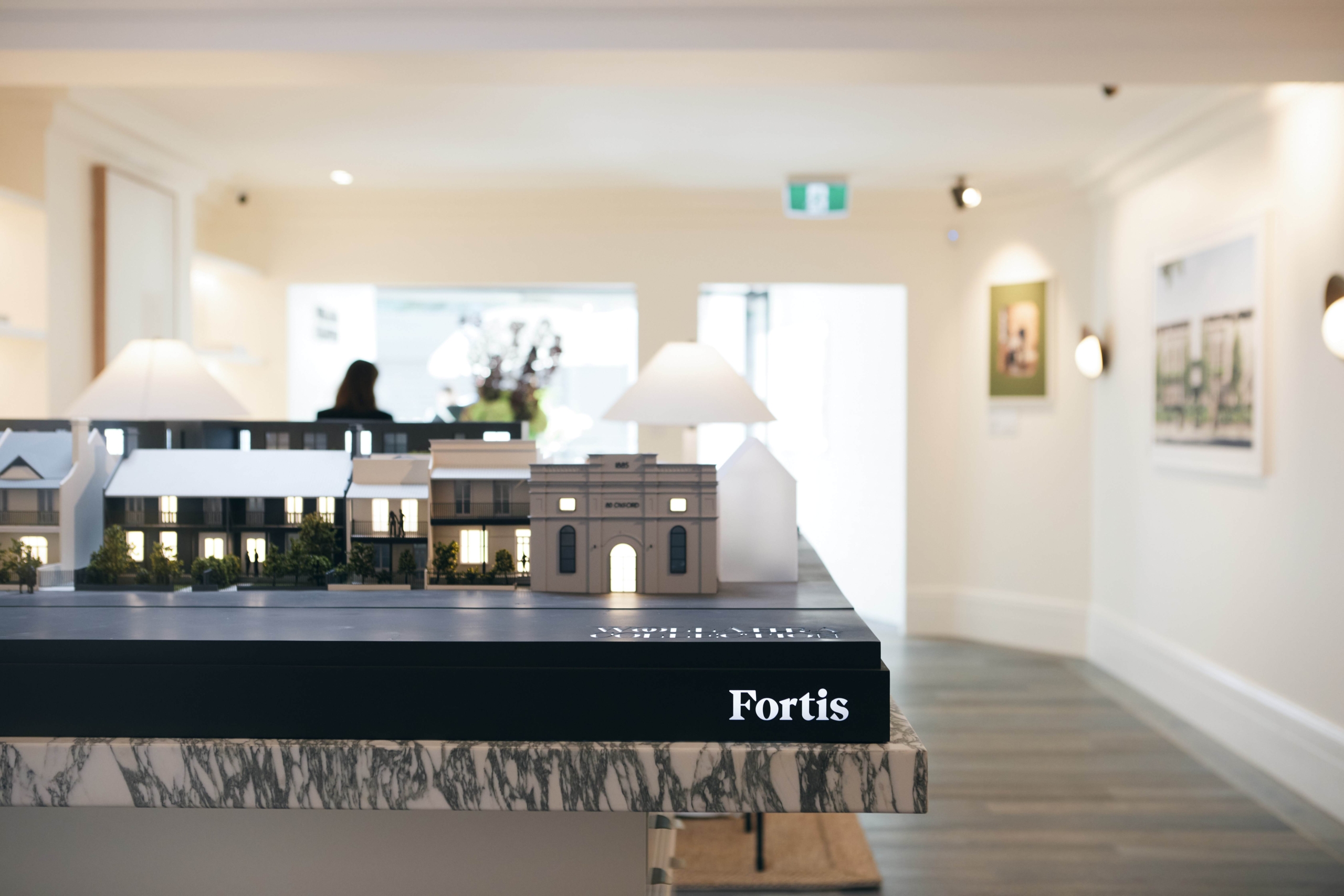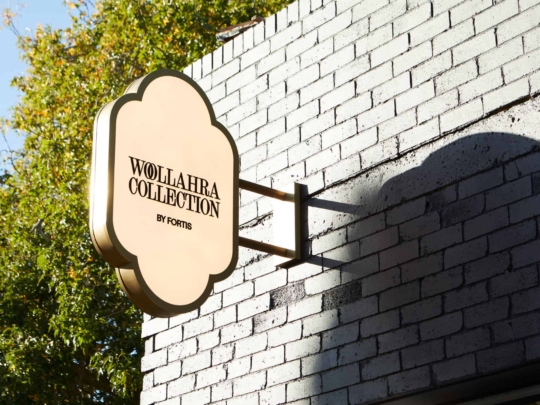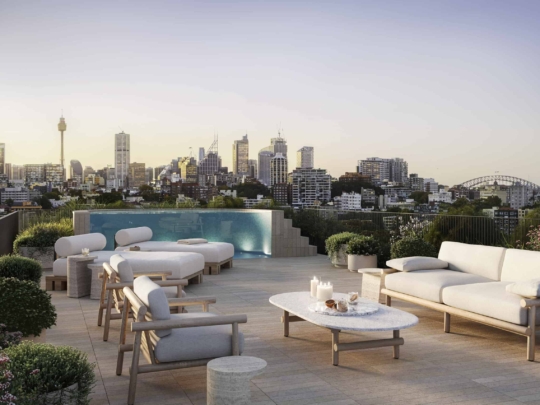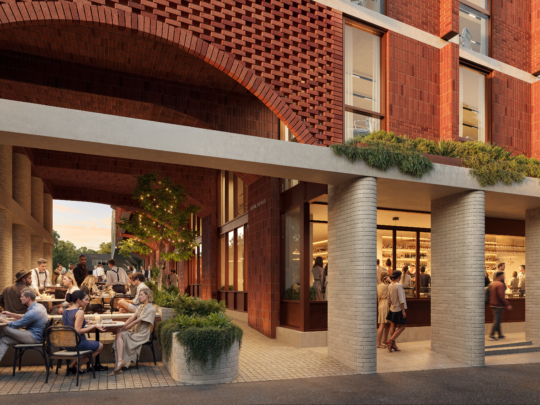
Once the undisputed centrepiece for off-the-plan sales, display suites are in a period of reinvention.
With build costs ranging from $1 million to more than $5 million and digital tools advancing, developers are pairing reimagined touchpoints with immersive tech to sell beyond the showroom.
The shift is turning display suites from static, site-bound sales rooms into versatile brand platforms and interactive experiences.
For some, it’s about reducing physical build-outs in favour of tech but for others, like national developer Fortis, it’s about elevating the suite into a high-touch brand statement.
For Fortis—a developer with projects across Sydney, Melbourne, Brisbane and now Adelaide—display suites are far from obsolete.
In fact, Fortis general manager of development for Victoria Sarah Vaughan says they’ve grown in strategic value, although their role has shifted.
The downsizer-focused developer is placing suites in aspirational suburbs as brand environments first, individual projects second.
Vaughan says their buyers remain “highly tactile in their decision-making” and it is unlikely to see physical touchpoints made redundant anytime soon.
The goal is to build brand confidence in delivery and attention to detail before showing the specifics of a project.
A downsizer who has already expressed interest in a project doesn’t just need to see a kitchen or bathroom mock-up, Vaughan says, they need confidence in the developer’s attention to detail, delivery record and design ethos.
“Our strategy is really around emphasising the care that we take in detailing and reinforcing brand confidence and delivery assurance, which is becoming a real topic of contention,” she says.
“And maybe that’s even a reason why purchasers aren’t buying [in the broader market] at the moment, is around that surety about delivery.”
Suites are designed to convey the Fortis ethos—curated, design-driven and rooted in placemaking—often featuring references to the group’s partnerships with hospitality and retail names such as chef Neil Perry and artisan baker Baker Bleu.
Technology plays a supporting role, with VR and large-format plans used to illustrate view lines and layouts, but tactile cues remain central.
“We don’t rely on technology to sell. I do feel like that need for a touchpoint will always be there for us. It’s in our DNA,” she says.
Fortis is now trialling a more homely, holistic model, less overtly sales-driven, designed to encourage longer visits and more relaxed conversations.
“We don’t want it to feel like a selling tool … we want it to feel like an extension of the investment they’re about to make into their next home,” Vaughan says.
Physical or digital, high-touch or hi-tech, the display suite is still where buyers imagine their future—and where developers earn their trust.


